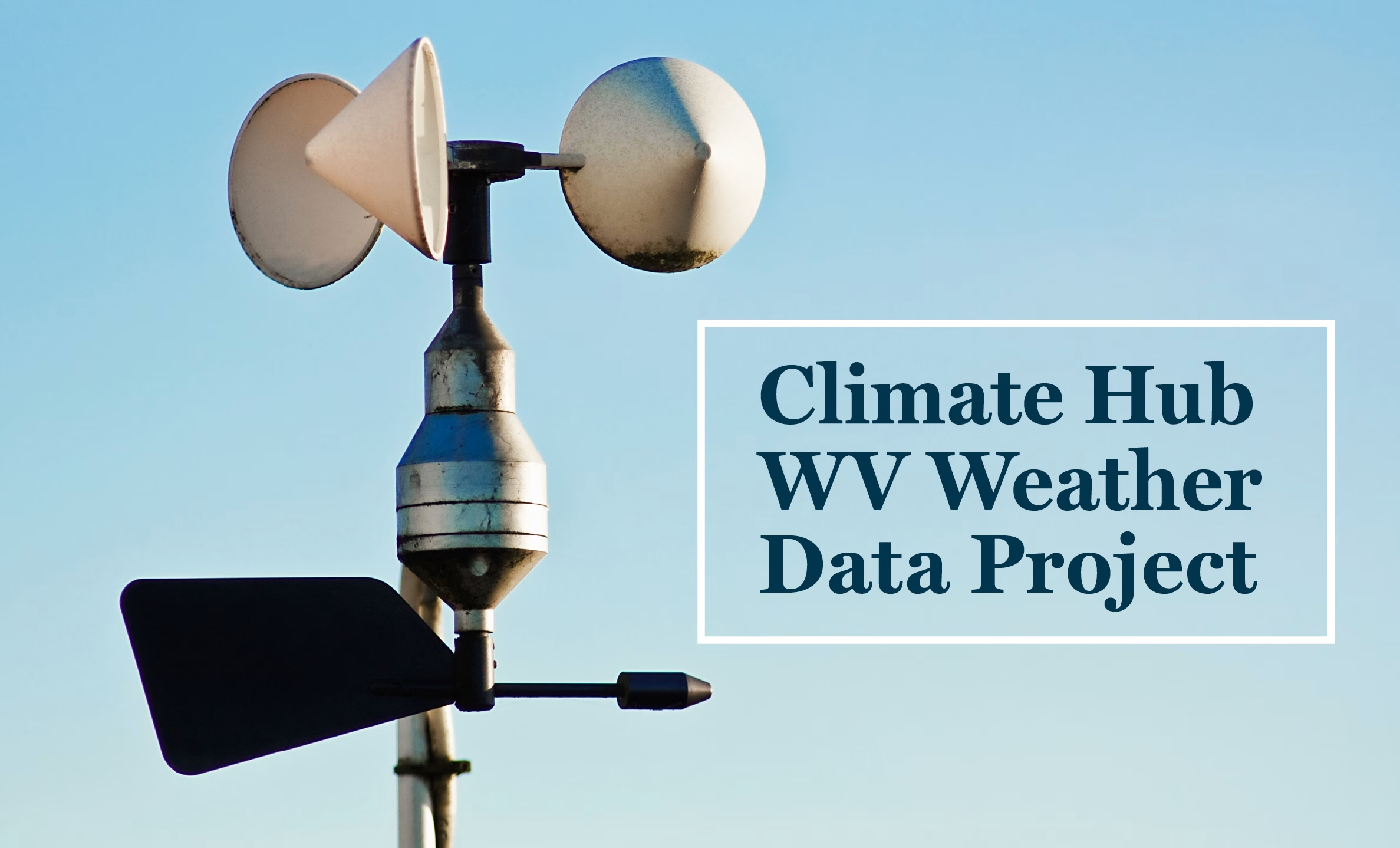West Virginia State University (WVSU) Extension Service is conducting a weather study in the state over a three-year period in an effort to inform agricultural producers, landowners, beekeepers, gardeners, and everyone in between about the effects of climate change in the region.
The project, which engages both private landowners and organizations, is collecting weather data from all over the state in order to study microclimates and climate changes. The data collected will provide participants with seasonal information that can then be compared to regional, historical data for accuracy and provide an overall picture of any possible effects of climate change in the state. “While there are other weather data collection projects going on in the Mid-Atlantic region of the U.S., West Virginia is underrepresented,” said WVSU Extension Agent Liz Moss. “There is a great need to study not only precipitation but also temperature and wind patterns in the state, which forms the backbone of the Appalachian Mountains.” The data collected will allow WVSU Extension Service to inform farmers, forestland owners, gardeners, producers and communities about issues such as growing season and rainfall pattern changes, Moss said. Participants are provided a wi-fi enabled weather station that, once setup and connected, transmits data directly to Moss. The station consists of a self-emptying rain gauge, and anemometer and thermometer/hygrometer sensors that communicate wirelessly with an indoor unit for the convenience of the participant. Participants can also access their weather data on-the-go with an associated smartphone app.
“These weather stations are enriching the knowledge of and supplementing ongoing dialogue about climate change within communities, schools and other groups, reaching a broad cross-section of diverse audiences from school-aged children to senior citizens,” Moss said. “For- and non-profit businesses utilize these weather stations, as do schools and retirement communities, nature preserves and educational and community farms.”
As of December 2020, 66 stations are operational in 37 of the state’s 55 counties. Immediate results have allowed participants to use the collected data to educate and examine weather patterns, and have successfully recorded torrential rain events and hard frosts. To learn more, contact Moss at elizabeth.moss@wvstateu.edu.

WVSU Extension Service Studying Effects of Climate Change
January 20, 2021